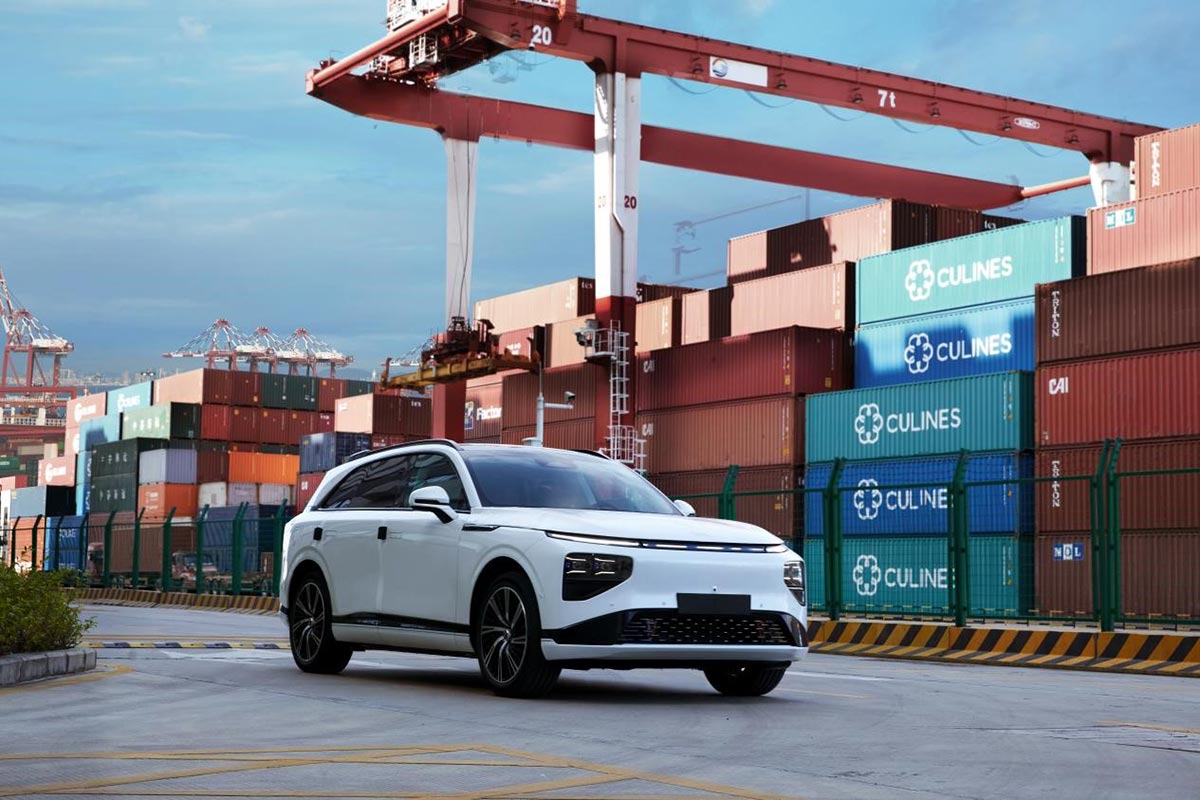Electric Vehicle Industry: A Case Study of China and Germany

As the global auto industry pivots to electric mobility, China is accelerating ahead—while Germany, long considered an automotive powerhouse, is struggling to keep pace. This case study explores how these two nations are navigating the electric vehicle (EV) transition—and why Germany’s traditional motor vehicle industry is seeing a sharp dip.
China: Scaling Up, Fast
China isn’t just leading the EV race—it’s reshaping it. Backed by a centralized industrial policy and aggressive investments, China now accounts for:
- Over 60% of global EV sales
- 80%+ of global EV battery production
- A dominant share of EV raw materials processing
What’s Driving China’s Success?
- Strong State Support: Subsidies, tax breaks, and government-backed infrastructure (e.g., 1.8M+ public charging stations).
- Vertical Integration: Giants like BYD and CATL control the full supply chain—from mining to manufacturing.
- Tech and Talent Alignment: Rapid innovation cycles and a deep pool of engineers push fast iteration and mass-market rollout.
- Domestic Market Scale: Massive urban demand and national mandates on EV fleet quotas.
China treats EVs not just as transportation, but as a national strategic industry.
Germany: The Innovation Engine Stalls
Germany invented the car. But in the EV era, its edge is blunting. Key indicators show stress:
- Auto exports down by 11.9% (2024)
- EV market share declining vs. 2023
- OEMs like VW, BMW, and Mercedes cutting production or delaying EV launches
Why Is Germany Falling Behind?
1. Late to Electrify
German automakers clung too long to internal combustion. Legacy systems, complex supplier networks, and high R&D inertia delayed full EV commitment.
2. Policy Gaps
Unlike China’s unified push, Germany’s EV incentives were pulled back in 2023—including abrupt cuts to EV purchase subsidies and fleet electrification grants.
3. High Costs, Slow Supply Chains
German EVs are often premium-priced, with higher labor and input costs. Battery cell production is still largely outsourced to Asia, causing supply bottlenecks.
4. Charging Infrastructure Lags
While improving, Germany’s charging network still lacks coverage and speed compared to China’s dense, urban-first deployment.
5. Global Competition
With Chinese EV brands like NIO and XPeng entering Europe, German automakers are being squeezed both domestically and abroad.
Structural vs. Strategic Differences
| Category | China | Germany |
|---|---|---|
| Industrial Policy | Centralized, aggressive subsidies | Fragmented, subsidy cuts in 2023 |
| Market Dynamics | Mass market, export-focused | Premium segment, domestic-heavy |
| Supply Chain | Localized battery and material control | Dependent on Asian suppliers |
| Speed to Market | Rapid deployment cycles | Slower, legacy-bound transitions |
| Infrastructure | Urban-dense charging ecosystem | Patchy rollout, underfunded zones |
What Germany Needs to Course-Correct
- Reinstate stable EV subsidies to restore consumer and OEM confidence
- Accelerate domestic battery cell production via joint ventures or state support
- Streamline permitting and regulations for faster EV and charging infrastructure buildout
- Partner with EU on raw material security to reduce dependence on Asian imports
- Support workforce retraining to shift from ICE (internal combustion engine) to EV skill sets
Conclusion: A Tale of Two EV Futures
China’s EV dominance is the result of coordinated policy, industrial focus, and market readiness. Germany, in contrast, is paying the price for hesitation and fragmentation.
But the race isn’t over. With the right policy reset, industrial upgrades, and global partnerships, Germany still has the chance to reclaim leadership—not by replicating China’s model, but by leveraging its engineering legacy into the electric future.